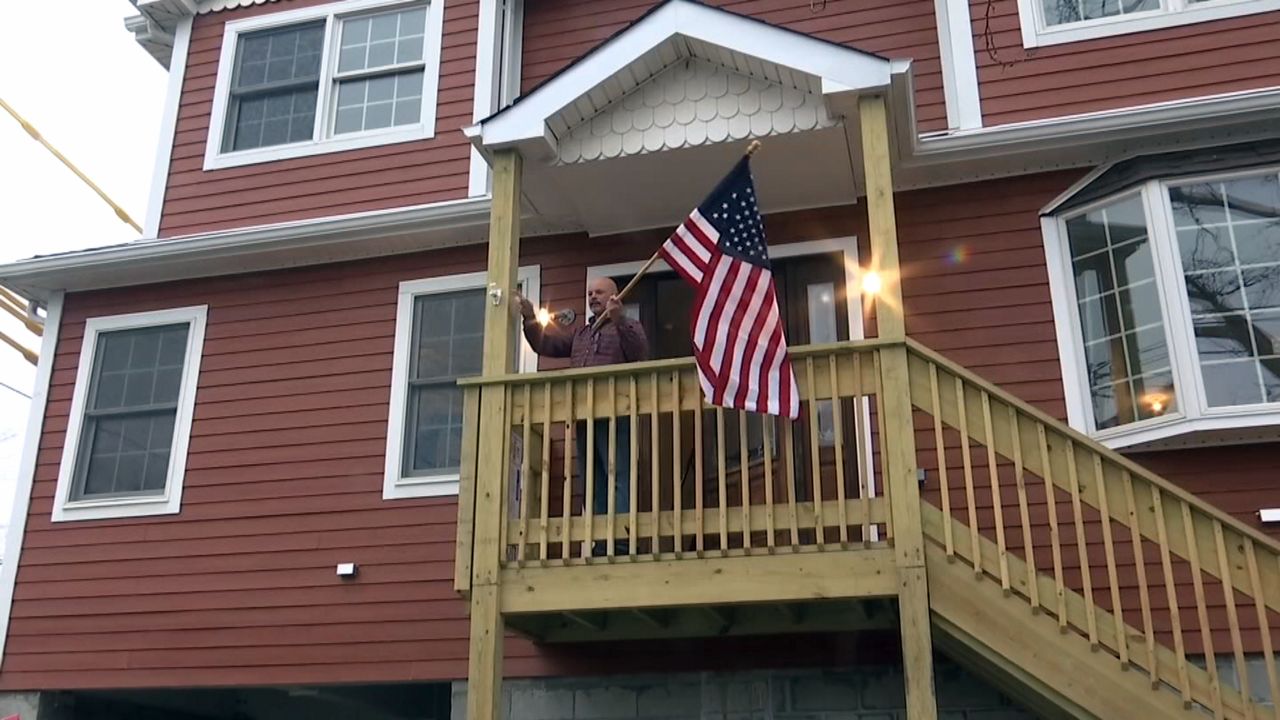Of the hundreds of homes made storm-resilient by New York City's Build It Back program, just 64 are still in construction.
44 are in Brooklyn, 18 in Queens, and just two on Staten Island.
Marc Dantoni and his partners at Navesink Prestige are responsible for many, including the first elevation completed in just 120 days — a feat that Build It Back celebrated in a promotional video.
"We were considered one of the top guys in the program," said Dantoni, a principal at Navesink Prestige. "We've completed all our homes."
Dantoni and his partners rebuilt, demolished, elevated, or rehabilitated more than 330 homes on Staten Island and in Brooklyn. They said work on every single one has been completed — and some residents have been back so long, they've already sold their houses.
But despite that significant progress, just six of their homes have been fully paid for by the city.
The company is owed a staggering $19 million.
"We didn't make $19 million, so we all had to invest money to reimburse the city's program, and in good faith to get all these homeowners back in as quick as we could," Dantoni said. "We didn't make $19 million, so we all had to invest money to reimburse the city's program, and in good faith to get all these homeowners back in as quick as we could," Dantoni said. "We never thought that the city would just stop paying us."
Contractors are paid incrementally for work performed. In each of the houses Navesink Prestige billed for, the final 11 percent of payment is owed. The firm has been submitting its bills to the city for more than a year, including for one home where work has been finished since 2016.
But the city, through an engineering auditing office, keeps requesting more and more documentation to prove that the homes are really finished — stall tactics, these builders say, by a program that has run out of money.
"They mismanaged the program. And by mismanaging, they overspent money. And now they're trying to do what they claw back, so if they can save a little bit per contractor, or bombard you with enough paperwork that you'll just say, 'It's not worth it to me, I can't live, I have to walk away,'" Dantoni told NY1.
Build It Back says it has not run out of money, and that while moving home may be seen as a sign that a project is "substantially completed," it does not automatically trigger payment. The program says an auditor is continuing to carefully review work completed before final payments are made.









